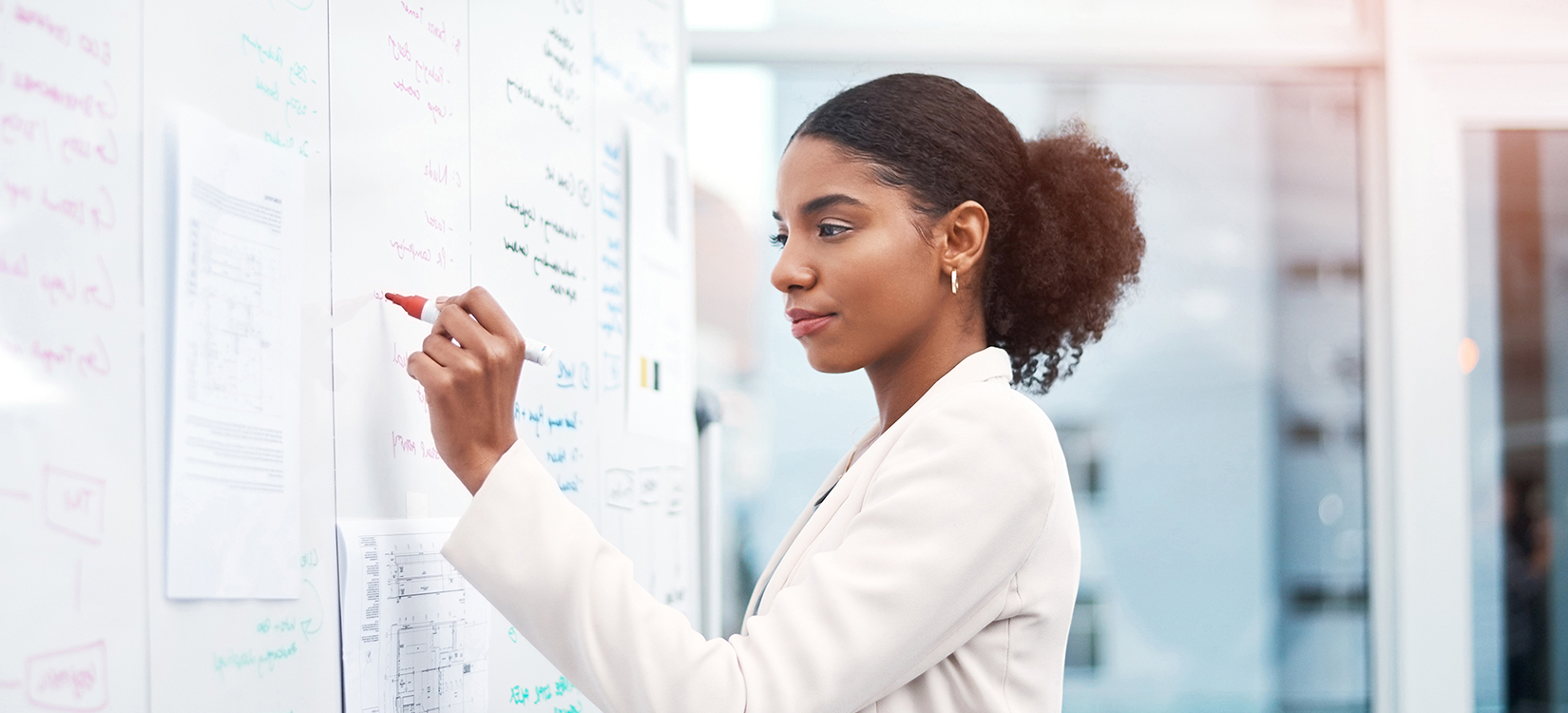
For years, the Purchasing Department at Mesquite Independent School District (ISD) had been searching for a way to maximize staff time and budget dollars with technology. The procurement process at district campuses included a mix of manual and electronic processes, and some requisitions even had to be handwritten and routed to several team-members for approval. It was difficult for staff to obtain multiple quotes for compliance purposes, much less comparison shop for best values.
eProcurement: The solution they were looking for.
In summer 2021, Mesquite ISD’s Purchasing Department leadership, made up of Director of Purchasing Darci Hooten, and Senior Buyer Kelly Burks, met with EqualLevel to discuss its procure-to-pay compliance platform. Mesquite ISD learned EqualLevel could create a platform that would offer them easy access digitally to approved vendor partners, as well as commodity codes at the product level, all in one location. They quickly saw how EqualLevel’s platform could potentially save the district thousands of dollars in both time and money.
“Seeing maverick spending reigned in would be huge,” said Hooten. “With the current system being so tedious and labor intensive, the marketplace could potentially speed up everything for everybody.”
Other features
The district was also excited to learn about other features of the marketplace:
- Compliance: The marketplace would drive end-users to the district’s approved contracts.
- Community Inclusion: The marketplace would give end-users the ability to shop from local vendors so more budget dollars remain in the community.
- Savings: The marketplace’s AI-powered EqualLevel Savings Advisor (ELSA) would identify the best price among all district-approved suppliers for users while they shop.
In February 2022, the initiative became critical when a new district policy mandated the use of commodity codes on all requisitions and purchase orders. In a typical month the district was processing between 2,200 and 2,500 purchase orders. Hooten and Burks quickly realized campus staff simply could not absorb the additional coding work and faced the reality that the task would likely fall to their own overtaxed department. They were relieved to hear EqualLevel could sync the district’s commodity codes, automating the task and eliminating the need for any manual intervention. Now it was time for a decision: either automate to sync the codes, or hire a new team member to take on the extra work.
Mesquite Chooses EqualLevel
In mid-2022, Mesquite ISD chose EqualLevel to automate its procurement process, including full integration with its Munis ERP system. “The ability to lessen the load at the campus level and execute the commodity code project were critical points in getting buy-in from our CFO,” said Hooten. With the commodity code crosswalk, the savings that would be generated, and the flexibility and ease-of-use at the campus level, procurement would be able to deliver on multiple district initiatives in one program. “We conservatively estimate 10 to 15 percent savings just in hard dollars. That doesn’t include all the soft savings associated with the time our departments and campus staff will be saving,” said Hooten. “It’s going to be a major game changer.”
Update
In fall 2022 EqualLevel developers began building the commodity code crosswalk for Mesquite ISD. Unfortunately, they discovered the district’s financial system, Munis, would not support passing the code. EqualLevel was able to quickly create a custom solution for the district so their codes could be converted into their system. This work-around allowed Mesquite ISD to still meet its target go-live date.







